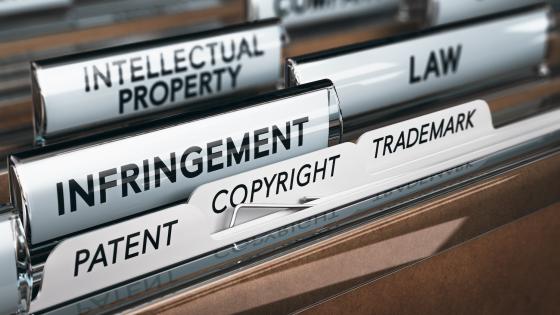DP5556 Piracy Prevention and the Pricing of Information Goods
This paper develops a simple model of piracy to analyze its effects on prices and welfare and to study the optimal enforcement policy. A monopolist produces an information good (involving a 'large' development cost and a 'small' reproduction cost) that is sold to two groups of consumers differing in their valuation of the good. We distinguish two settings: one in which the monopoly is regulated and one in which it maximizes profits and is not regulated, except that the public authority may be responsible for the control of piracy. We show that copying or piracy might be welfare enhancing because it is a way to 'provide' the good to some individuals (those with a low willingness to pay) without undermining the firm?s ability to finance the development cost via the pricing scheme applied to high valuation consumers. The level of piracy control differs according to the regulatory environment. Three levels of piracy control emerge. The highest is the one chosen by the private monopoly. The next level is the one chosen by the regulated monopoly. The lowest, that can be zero, is the level of control chosen by the public authority when the good is sold (and priced) by a private monopoly.


